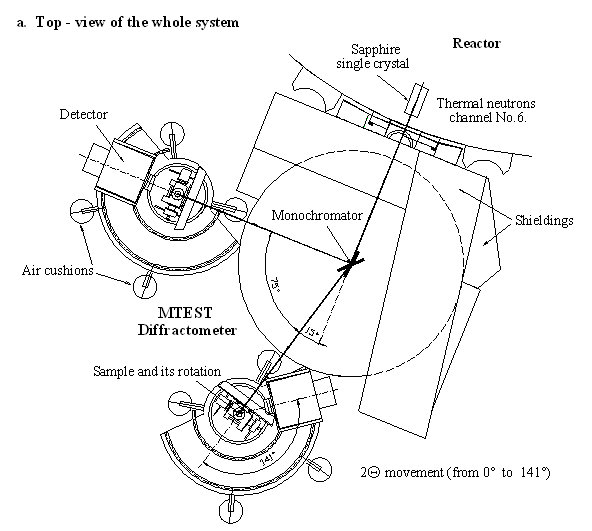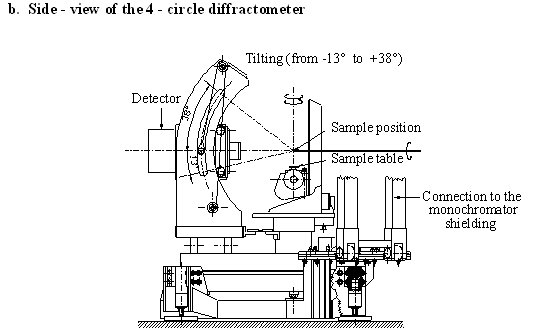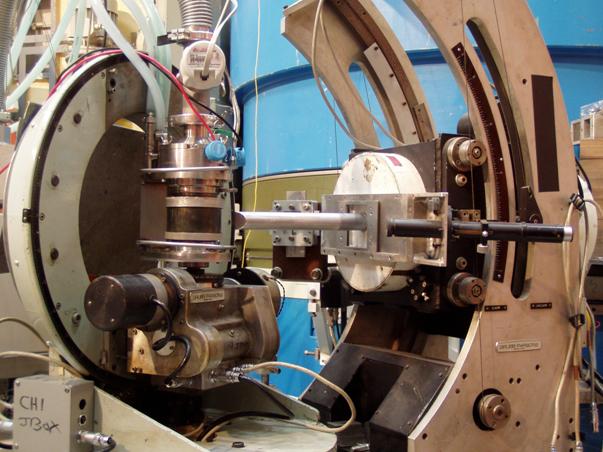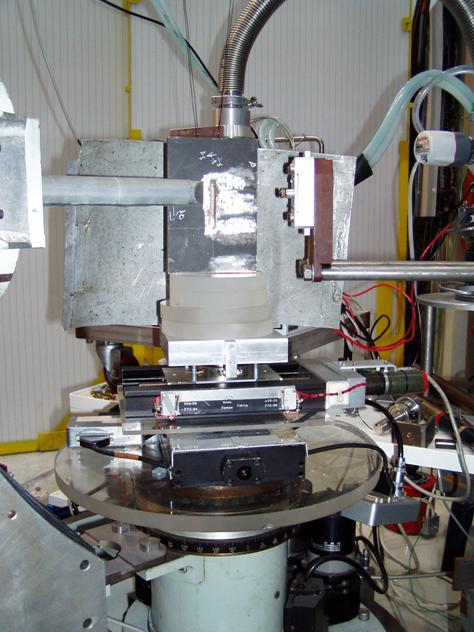Liquid Structure research group
Responsible contact person: Dr. Laszlo TEMLEITNER (temleitner.laszlo@wigner.mta.hu)
Our group operates and develops the MTEST multi-purpose neutron diffractometer. This instrument, on one hand, is capable of determining the atomic structure of crystalline and amorphous materials, and on the other hand, it is also suitable for studying of the texture and internal stress present in (metallic) objects of primarily industrial relevance. The scientific use of the instrument is possible via an open application system, coordinated by the Budapest Neutron Centre (BNC; www.bnc.hu); in such a case, the beamtime itself is free of charge. We would be ready to provide beamtime for industrial users, as well (for, e.g., R&D and/or analytical purposes), on the basis of individual agreements.
Details of the research infrastructure
MATERIAL TEST DIFFRACTOMETER
The M(aterial)TEST neutron diffractometer was originally designed for studying internal stresses in alloys. Recently, the diffractometer has been upgraded by a position sensitive detector and by a monochromator changer; this way, a more efficient use of the available beamtime, with various sample environments, can be achieved. At the present status, the instrument allows for performing total (Bragg and diffuse) scattering measurements on powder, liquid and amorphous materials. The four-circle goniometer maintains also the chance for texture measurements.
The MTEST diffractometer is installed on the 6th axial thermal channel of the reactor. The maximum flux can be obtained at a wavelength of 0.144 nm. A sapphire single crystal is used, deep inside the beam shutter, to filter out epithermal neutrons. The neutron flux at the sample table is 2*106neutron/(cm2*sec) at a wavelength of 0.133 nm.
In order to produce monochromatic beams, various single crystals are available (Table 1.).

Table 1. Available monochromators
Changing the wavelength is easy and doable in 5 minutes, by using the newly designed monochromator changer that can use 3 crystals: (Ge(111), Cu(111) and Cu (220)). The diffractometer is equipped with air cushions to achieve the necessary flexibility for a continuously variable wavelength. Thus, monochromator take-off angles between 28° and 54° may be set, without removing any elements of the current setup (the upper limit increases to 90° if some elements are removed). This allows to obtain neutron beams of wavelengths between 0.065 nm and 0.35 nm.
From the monochromator to the sample various Soller-type collimators can be installed (1°, 40', 30' and 12').
A low efficiency fission chamber monitor and an Ordela position sensitive detector (with two sample/detector positions) serve data collections. For high resolution measurements, a BF3 point-detector (with various receiving collimators) is available. The diffraction spectra can be measured up to 144º by a single detector, up to 141° by using “near position” and up to 151° by “far position” of the position sensitive detector. The whole angular range can be covered by 6 (“near”) or 10 (“far”) angular positions of this detector. The current level of background in “near” position equals to the scattered intensity from a 6 mm diameter, 0.05 mm thick, 40 mm long vanadium sample holder.
At the sample stage, the following options are available by the four-circle goniometer:
Automatic X, Y sample displacements, manual Z displacement.
Automatic sample changer is available for 4 samples (only with four-circle goniometer).
Sample environment: vacuum-furnace (RT to 1000ºC); liquid N2 cryostate (scheduled to be installed in 2013 and commissioned in the first half of 2014).
Our group is ready to help users, starting from measurements, through data evaluation, simulation and publication.


Figure 1. Schematic arrangement of the MTEST neutron diffractometer

Figure 2. MTEST diffractometer with the point detector and goniometer option together with the vacuum-furnace (RT-1000ºC)

Figure 3. MTEST diffractometer with the automatic X, Y sample displacements.